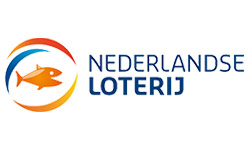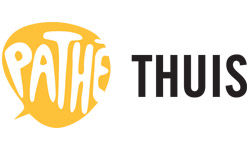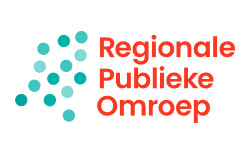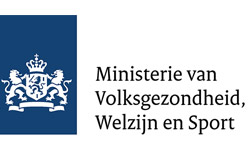Reading Time: 3 minutes
Coming up with good estimates in software development is almost never an easy task. Especially when working in an Agile development environment, it can be rather difficult to give a proper indication of the amount of complexity involved in completing a particular user story or requirement.
At Egeniq we use planning poker which we consider to be a great Agile practice for estimating our work more easily. Planning poker is a simple yet highly effective estimating and planning technique that is based on individual judgment, group discussions and achieving consensus.
We’ve been using planning poker more and more over the years and we’ve found that it tremendously helps to improve predictability within our projects. It has become a common practice for us to have a planning poker session shortly after the initial product backlog has been written. Throughout the rest of the project we usually have at least one session during every sprint.
The rules of the game
The people in the development team estimating the work are all holding their own set of planning poker cards with the numbers 0, 1/2, 1, 2, 3, 5, 8, 13, 20, 40 and 100. These numbers represent story points in which the team makes their estimates. Story points are an arbitrary measure used by Scrum teams to identify the effort of completing a story.
Additionally, there are a few special cards in the planning poker deck:
- A question mark, which means: “This story or requirement is not clear enough for me to estimate.”
- A coffee cup, which means: “Let’s take a break.”
A typical game of planning poker can be described in three simple steps:
1. Discussing the feature
Each user story or requirement in the Sprint Backlog is discussed by the Scrum team. Typically, the developers will discuss their ideas of development and ask the Product Owner the necessary questions until every aspect is clear enough to estimate the work.
2. Picking a card
Each estimator in the development team then individually picks one of their cards, without letting the other estimators see which one.
3. Laying the cards down
When everyone is done picking the cards are placed on the table, face up, at the same time. When all the cards are laid down there are basically two possible scenarios:
- The picked cards all have the same number, this will be the chosen estimate for the feature.
- The picked cards have different numbers, the estimators have a discussion about the difference in their estimates (especially the estimators who picked the lowest and highest cards should engage in this). The estimation process is then repeated until all estimators have an agreement.
Whenever multiple 100 cards are thrown on the table, always consider if this particular story or requirement is too big to estimate all at once. You might want to think about breaking the item down into smaller chunks. It could of course also indicate the discussion about the story that just took place is not quite finished yet.
Depending on the amount of stories or requirements to be discussed, some planning poker sessions can take a reasonable amount of time. In order to boost the effectiveness and level of concentration during these sessions participants shouldn’t be too hesitant to pull out the coffee cup card when they feel that the team could use a break.
(If you are reading this because you saw the link on your pack of Egeniq planning poker cards we hope they will be useful for estimating the work in your next project. If you have any questions or might need a little more help getting started with planning poker, feel free to shoot us an email.)










